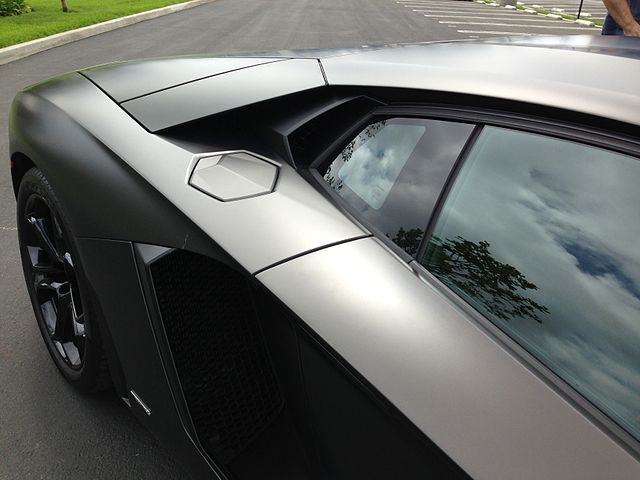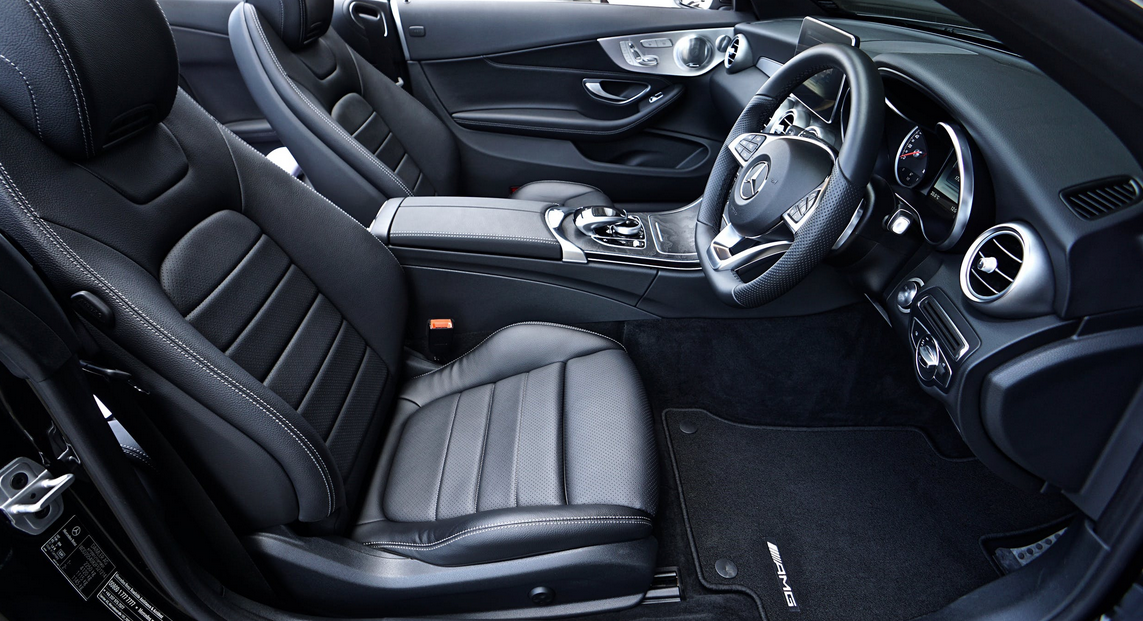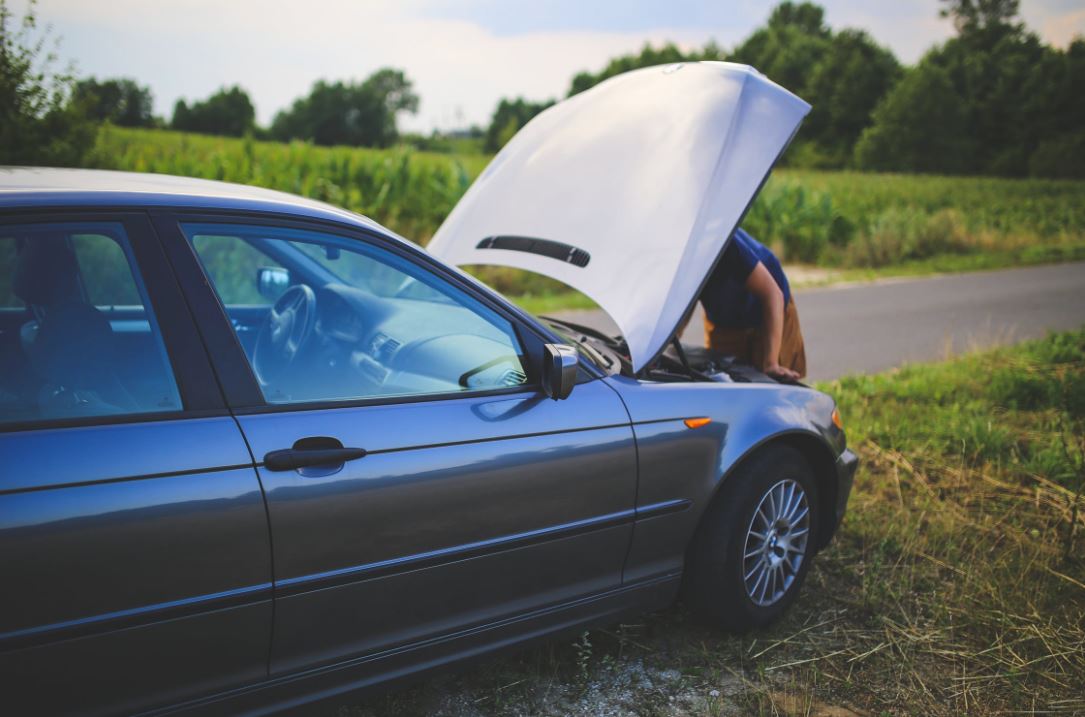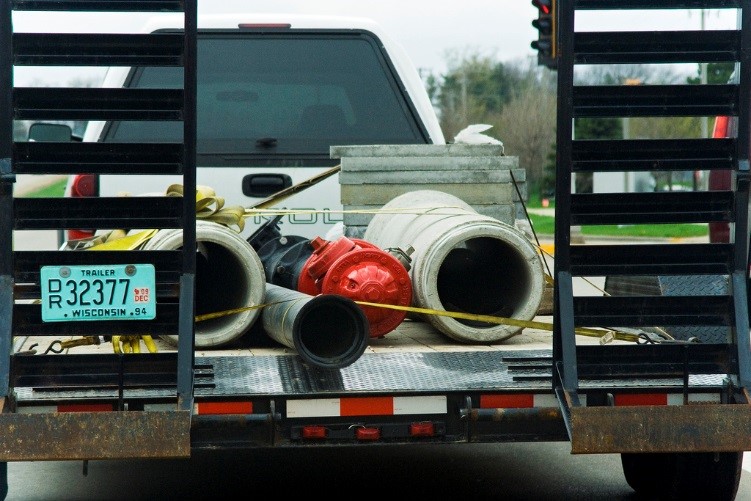For those individuals shopping around for an auto body shop or car painting center, beware of the gimmicks and tricks used by professionals in the business. Similar to pest control, auto body shops make a living on overcharging for simple duties you can usually accomplish yourself. Like everything else in life, it is a choice of your time or paying for theirs.
I have repainted my car multiple times and it requires some work, but is not rocket science by any means – you just need to follow the proper steps carefully.
Never Due the Following
1. Repaint a leased car on your own.
2. Have your car repainted without the dealership approval if you are leasing.
3. Repaint without sanding.
4. Paint the car in the sun exposure – do the task in your garage.
5. Make sure the car is clean and stripped of all chemicals, wax, and sealants. Never paint without primer first.
Paying Someone or Do It Yourself
The first step is to identify the situation, using the help of a professional. Just ride into your local auto body shop and ask someone for a rough estimate. If they think that you are a fool, they will say $6,000 to $10,000. In this case, ask them if the car needs to be sanded and masked or simply re-covered. If it is the latter, they are playing you and you should invest in doing-it-yourself.
Even if you need to sand down the car and apply masking, if the car is older and has 100,000 miles on it, you don’t want to be investing $6,000 in the vehicle when you could do it for around $500 to $1000. If the car is less than five years old, I would assume the paint job is not in dire straits and should be fixed for around $500 from a reputable auto body shop. If it is older than five years, I would just do it yourself, saving close to $3,000 in the process.
Steps in Doing It Yourself
1. Use sandpaper on a dual-action sander to sand down the vehicle. Begin at the roof and work your way down the surface to the hood and rear of the vehicle. Make sure to sand down as well as you can, making the primer application more effective. Paint may still be showing or bare metal could be present, doesn’t matter either way. Use 180 grit sandpaper on the vehicle for the best results.
2. Probably the most detail-oriented step and time consuming is applying the masking tape to the vehicle’s windows and trim, along with anything else you don’t want painted. You can pick up automotive masking tape at your local auto parts store relatively cheap.
3. Like I stated before, you don’t want chemicals on the car prior to priming the surface. Therefore, use a micro-fiber towel and wipe the surface of the vehicle with wax and grease remover.
4. Waiting 10 minutes between coasts, use a reputable automotive primer located at an auto parts store to prep your vehicle for paint. Two applications should be enough – but make sure to wait 30 minutes before moving forward.
5. Apply up to three coats (usually two is enough) using a spray gun and applying 12 inches from the surface of the vehicle. As with the sanding, begin with the roof of the car and move your paint job down the front of the car and along the sides. Wait at least 20 minutes between coats to assure dry application and minimize bleeding.
6. Apply two coats of clear coat paint to the surface. Make sure to apply exactly one hour after your last coast of desired paint. The clear coat will seal the paint onto the surface of the car. Wait 20 minutes between these coats and 24 hours before touching the finished product.
7. Keep the vehicle covered, preferably in the garage, until the paint has hardened. This could take up to another 24 hours, depending on the amount of paint and the effectiveness of the primer.
8. You’re on your way, driving your new hot rod!!
Today’s post was provided by Matthew Hall from Linear Automotive. Matt is an avid car enthusiast who loves sharing his passion with the world.





